Five months ago, Mr. D.TT (34 years old) was riding a bicycle for exercise when he was hit by a motorbike, fell and hit his butt on the road. He was hospitalized with complete paralysis of both legs, only able to move slightly in his thighs, and had urinary retention, losing his male physiological ability.
Escape from wheelchair, bursting with happiness
At the Ho Chi Minh City Orthopedic and Trauma Hospital, Mr. T. was diagnosed with multiple fractures of the L1 vertebrae, spinal cord damage, near-complete paralysis of both legs, and urinary retention. The patient was scheduled for surgery to combine posterior bone fixation, preserve and reconstruct the fractured vertebrae, and completely resolve the compression from the broken bone fragments on the spinal cord.
The surgery took 1 hour and 30 minutes, with little blood loss, only about 150 ml. On the first day after the surgery, Mr. T. showed signs of recovery, able to fold his thighs into his abdomen, lift his legs off the bed, and felt the need to urinate.
After 3 days, the patient was able to sit up, his legs felt stronger, and the numbness in both legs was gone. On the 7th day, the patient was able to urinate on his own. After 5 months of trying to maintain physical therapy, Mr. T. was able to walk on his own, completely control urination and recover his physiological ability.
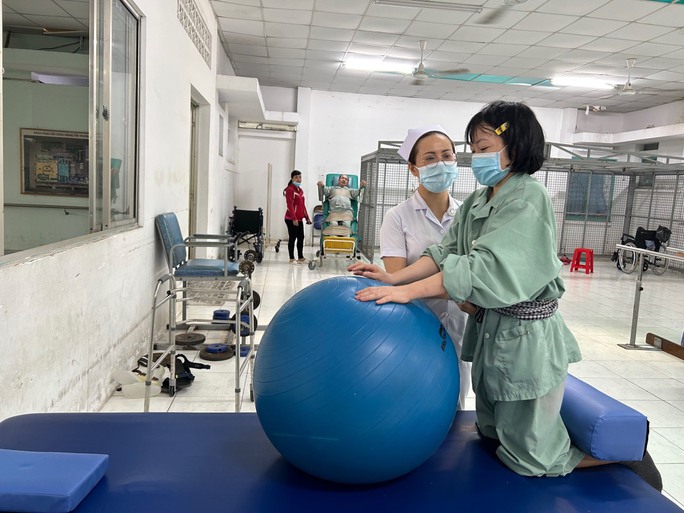
Physical therapy exercises for patients at the Rehabilitation Hospital - Occupational Disease Treatment in Ho Chi Minh City
"After the accident, I was always worried that I would be paralyzed forever, but now I can walk on my own. I am really happy and have regained my confidence in life," Mr. T. shared.
At the Ho Chi Minh City Rehabilitation and Occupational Disease Treatment Hospital, statistics from the past 5 years show that more than 76% of patients have spinal cord injuries. Dr. Phan Minh Hoang, Director of the Rehabilitation and Occupational Disease Treatment Hospital, said that from 2018 to now, the hospital has treated 5,926 patients with spinal cord injuries. Of which, 76.25% of patients with spinal cord injuries are due to accidents (more than 76% are men), 23.75% are due to illness.
A series of accidents can lead to spinal cord injury including: Traffic accidents (38.2%); work accidents - falls (32.3%); sports accidents (7.8%); spinal injuries caused by firearms, stab wounds (14.3%). There are many diseases that lead to spinal cord injury: spinal tumors, abscesses... Notably, surgical complications also cause spinal cord injury in patients at a rate of 4.1%.
According to specialist doctor II Le Hoang Dung, Head of the Department of Rehabilitation for Spinal Cord Injury at the Ho Chi Minh City Rehabilitation and Occupational Disease Treatment Hospital, spinal cord injury is a very serious medical condition that can leave up to 10 complications in most organs in the body (respiratory, nervous, muscular, skeletal, urinary, digestive, circulatory...). In fact, people with spinal cord injury, if not treated promptly and adequately, often have to spend their lives with wooden crutches or a wheelchair, or even be bedridden.
New technology in parallel with physical therapy
Specialist Doctor I Ngo Thanh Long, Department of Spine B, Ho Chi Minh City Orthopedic and Trauma Hospital, said that a lumbar spine fracture with spinal cord injury, paralysis and urinary retention is a very serious case, with a poor prognosis for recovery, leaving very serious sequelae. Without surgery, the patient's chance of recovery is almost zero, and they may not even be able to sit up. Even if surgery is performed but the compression is not completely relieved or the surgery is too late, the recovery will be very poor, and the patient will only be able to use a wheelchair for the rest of his life.
According to Dr. Nguyen Trong Tin, Head of Spine Department B, Ho Chi Minh City Orthopedic and Trauma Hospital, in the past, surgery for a spinal fracture often used complicated methods, long surgery time, a lot of blood loss, many risks and complications, so it required a good and experienced surgeon. Therefore, the preparation stage for surgery was prolonged, affecting the recovery of the patient's spinal cord.
Currently, with the method of combining posterior fixed bone with a short, simple configuration but still ensuring enough stability, thoroughly decompressing, preserving and regenerating the fractured vertebral body, shortening the surgery time, reducing blood loss, low risk and complications, increasing the ability to recover.
"In the near future, we will perform surgery within 24 or 48 hours after the injury, and will even perform emergency surgery in these cases to maximize the recovery potential," Dr. Tin informed.
According to experts, spinal cord injury treatment is only considered successful when the patient is restored to his or her original condition. This depends largely on the patient's determination in the rehabilitation process after surgery. Therefore, it is necessary to have scientific guidance from rehabilitation doctors, physical therapists, professional care from nurses, and full support with training equipment, including robots. Today's robots not only help surgeons perform difficult surgeries and remote surgeries, but also help patients increase the effectiveness of rehabilitation training. Some new techniques are applied in the world and Vietnam in treatment to help patients recover, such as: arm and hand robot combination system; lower limb rehabilitation robot technology for stroke patients - spinal cord injury - cerebral palsy; multi-joint passive and active movement system...
"The role of physical therapy is very important in post-operative rehabilitation. Patients need to try to maintain physical therapy for at least 6 months. Recovery ability will increase with the level of training," emphasized Dr. Ngo Thanh Long.
Proper first aid for falls resulting in spinal injuries will prevent further damage to the victim.
Accordingly, it is necessary to avoid lifting the patient up and down, but roll the patient like a log onto a hard surface (board, stretcher...), fixing the entire body to that surface before moving.
Regional expansion
According to Dr. Phan Minh Hoang, 20 years ago, the Rehabilitation - Occupational Disease Treatment Hospital cooperated with Handicap International to develop expertise in treating spinal cord injuries and is currently the only unit with a specialized department for rehabilitation after spinal cord injuries.
Recently, the hospital has taken on a new function of replicating this model in the region. In the immediate future, it will support and direct medical facilities in the Eastern and Southwestern regions in the field of rehabilitation, helping patients escape disability.
Source


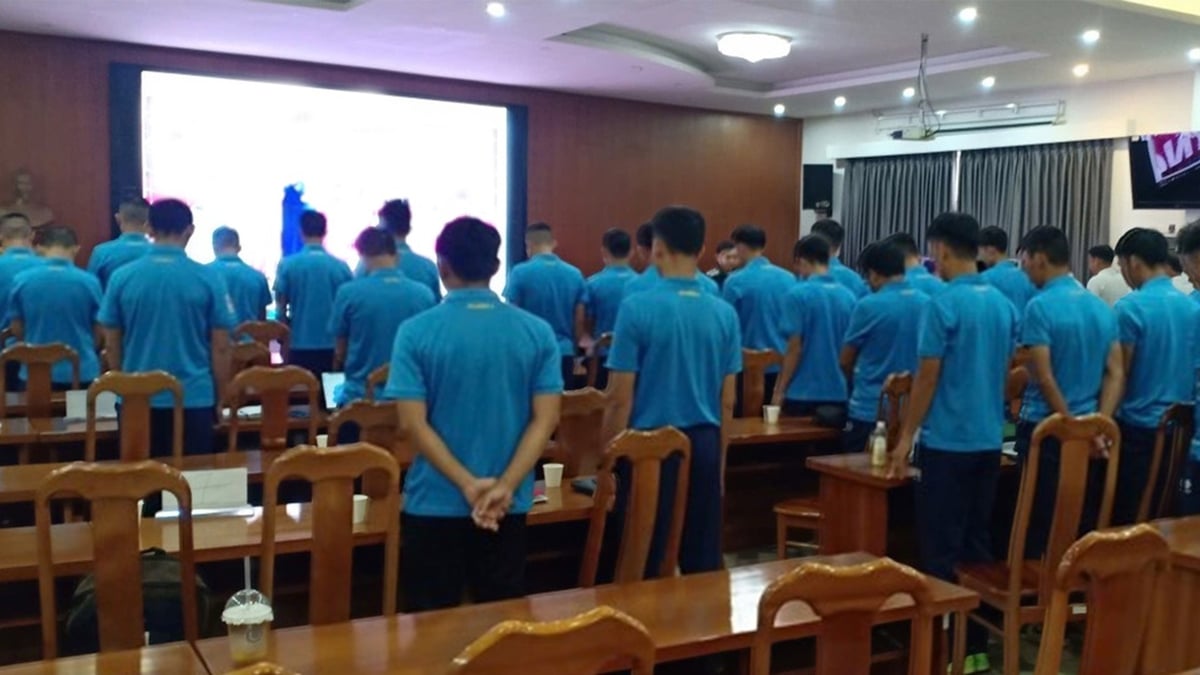

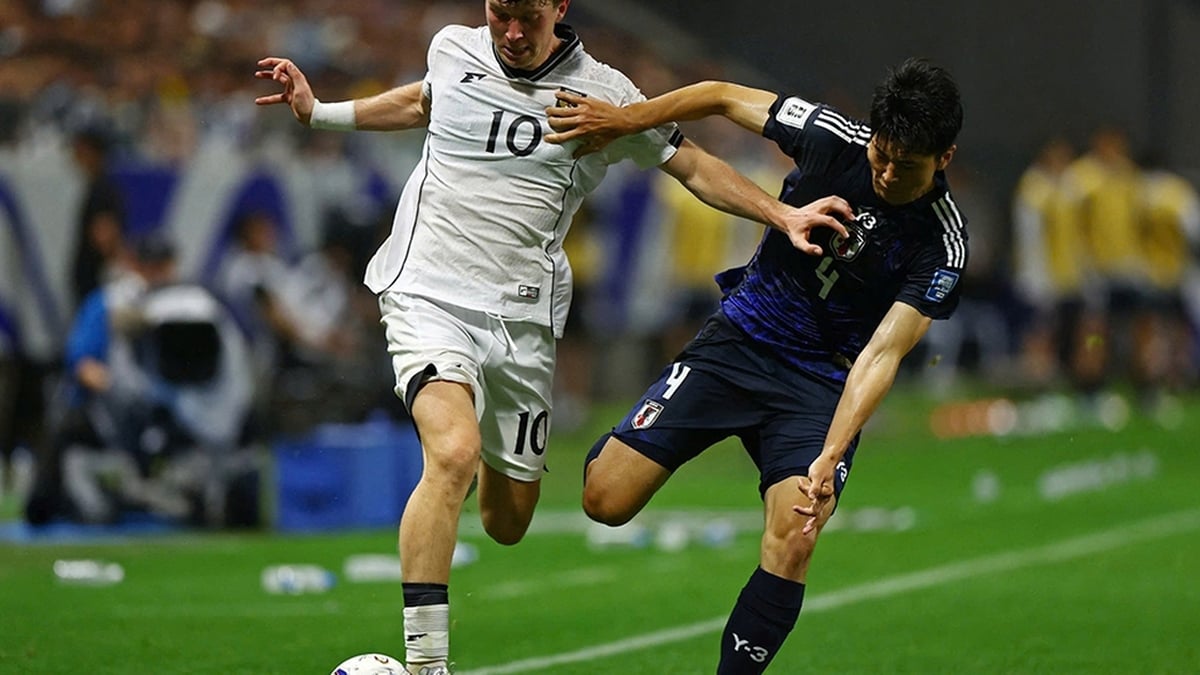





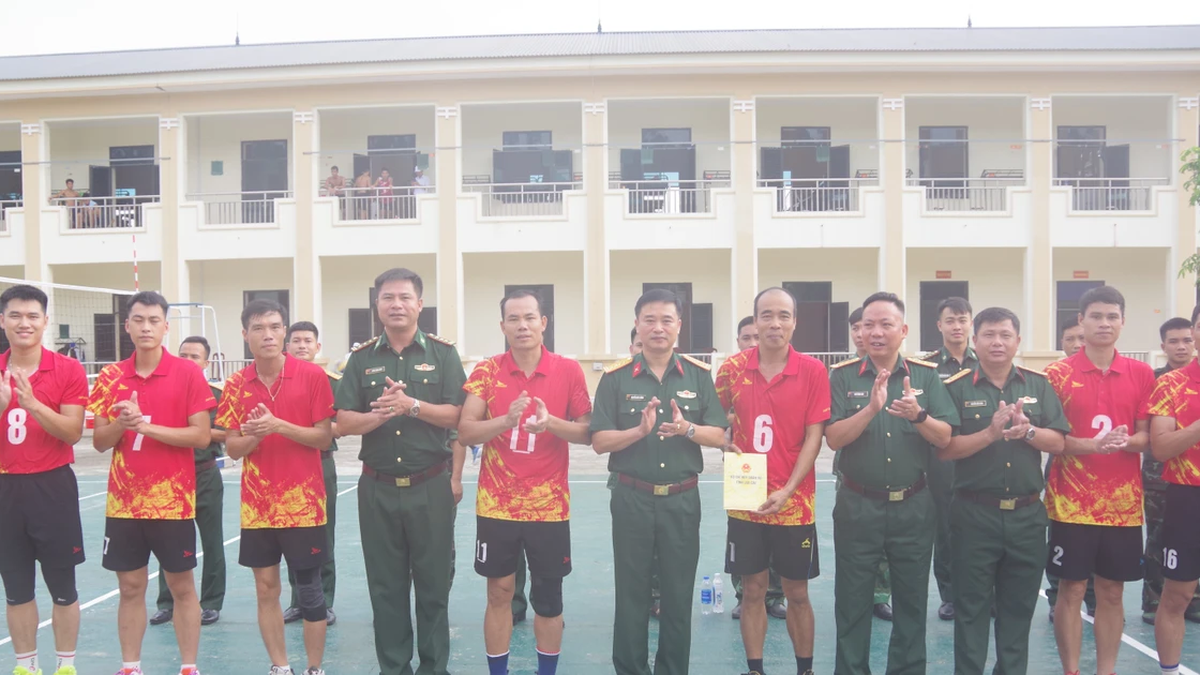












![[Photo] Nghe An: Provincial Road 543D seriously eroded due to floods](https://vphoto.vietnam.vn/thumb/1200x675/vietnam/resource/IMAGE/2025/8/5/5759d3837c26428799f6d929fa274493)





































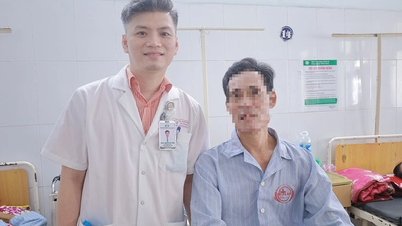
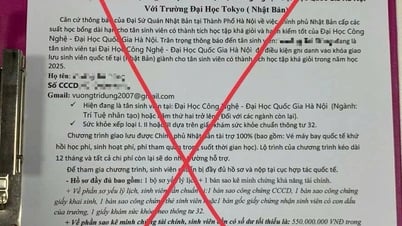








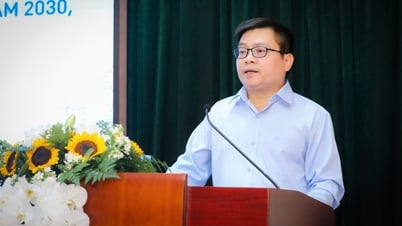



























Comment (0)